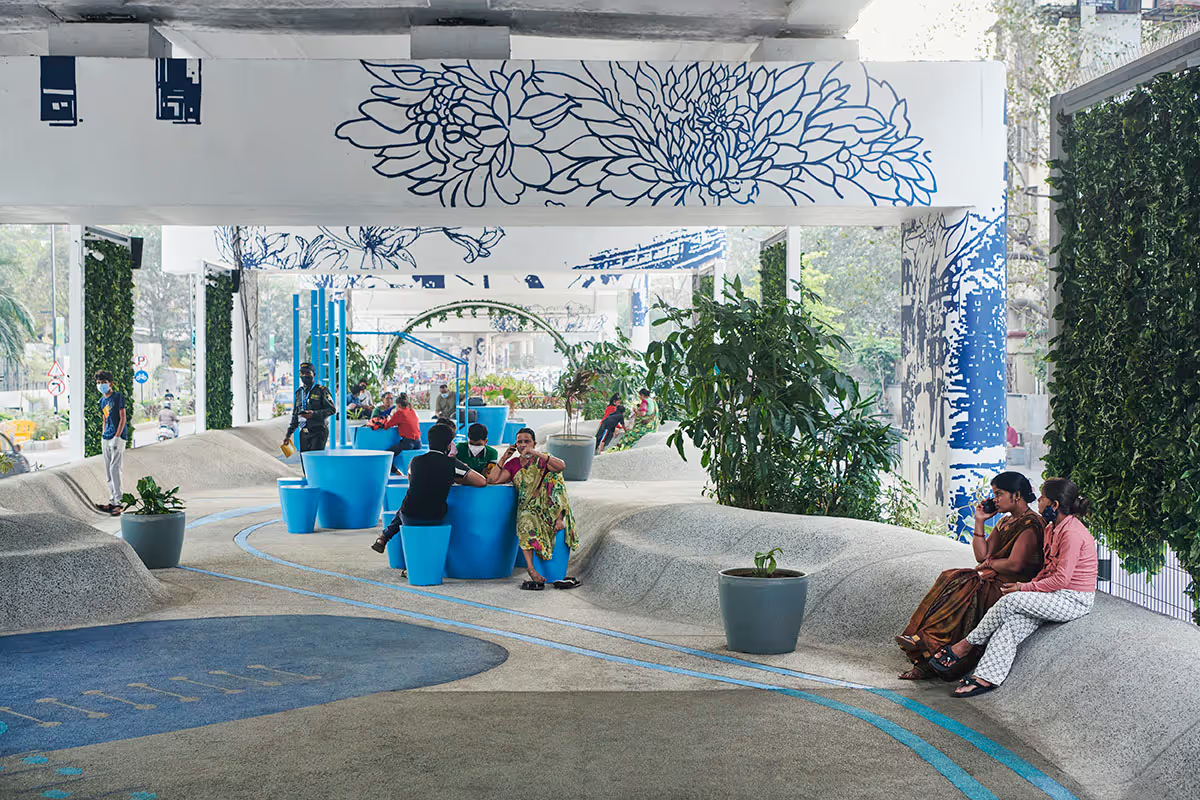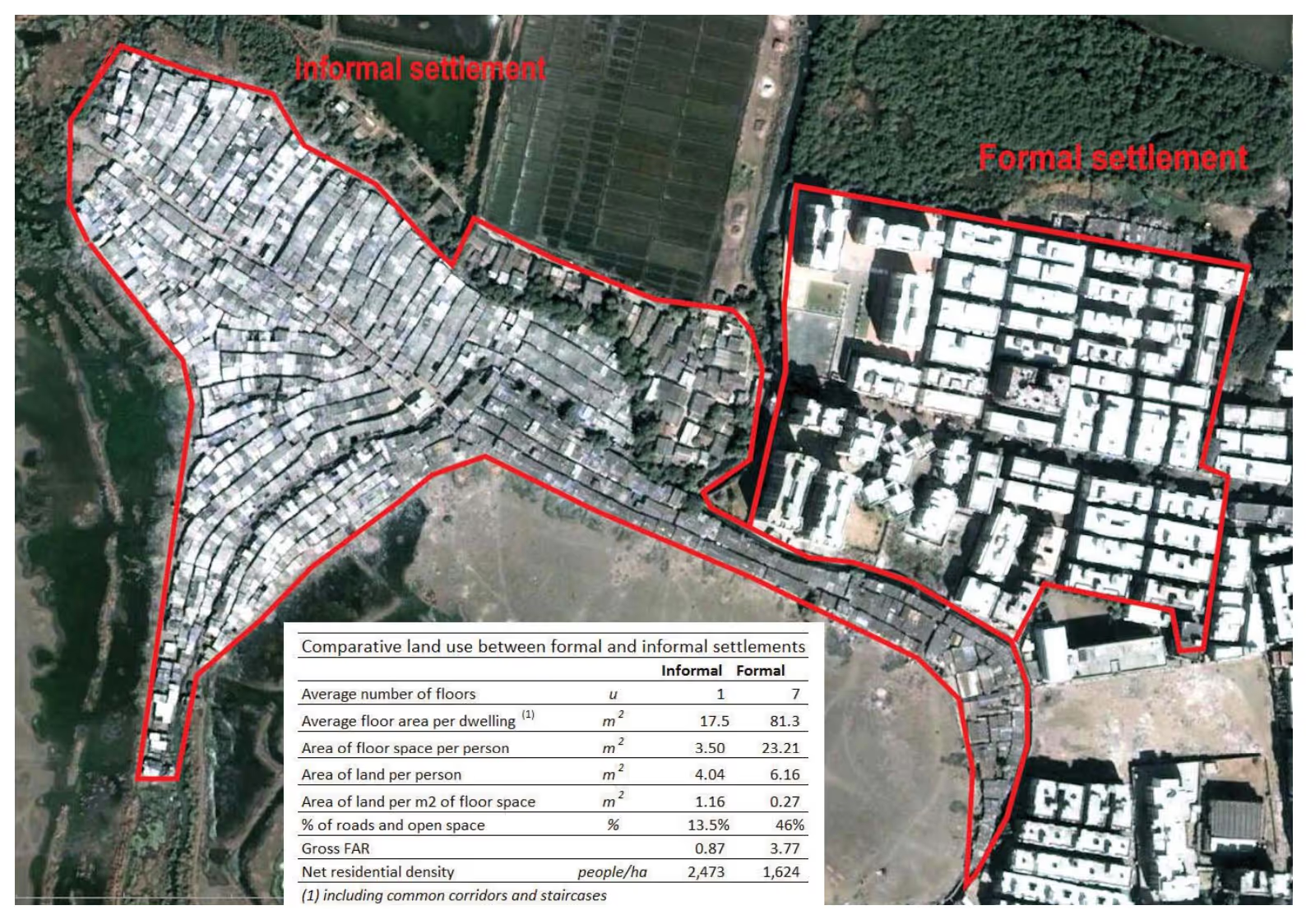Urban Alchemy: The Transformation of India's Cityscapes
The evolution of Indian cities is a dynamic, multifaceted process. With a population exceeding a million in over 50 cities, the ongoing infrastructure projects and focus on connectivity are propelling these urban centres towards a new era of growth. We dive into the factors and requirements shaping urban development today.
By
Published on
The Evolving Indian Urban Landscape
The Smart Cities Mission, launched by the Indian Government in 2015, has made progress with 6,188 completed projects out of 7,960, aiming to create livable, inclusive, and sustainable urban spaces.

Examples of Successful Public and Private Initiatives
These initiatives highlight the evolution of our cities at ground level. Hundreds of similar projects are being executed across the country. These are noteworthy:
- Transforming Neglected Spaces into Vibrant Communities
Creating 'Parel Baug,' a neglected area under the Senapati Bapat Marg flyover highlights the potential of street design and placemaking in reclaiming underutilised spaces for the public.

2. Promoting Cycling-Friendly Cities
The Cycles4Change Challenge inspired 95 cities to implement cycling-friendly initiatives. In New Delhi, architecture studio AfD collaborated with the municipality to design a track activating the India Gate to Lodhi Art District area with cycling infrastructure and public art.

3. Redefining Cafe Experiences
The ARAKU Coffee flagship in Bangalore offers a unique coffee experience. The cafe features India's first Modbar, breaking barriers between baristas and customers. It focuses on interactions, private dining, curated art, and locally sourced furniture, creating a wholesome environment.
Challenges in Urban Development
As cities evolve, they face several challengeding Trust and Community Engagement
City projects must prioritise trust-building and inclusive design to address diverse needs effectively, crucial for resolving urban slum challenges through improvements in healthcare, education, and infrastructure.
- The Fluid Nature of Cities
City development requires navigating dynamic landscapes, requiring flexibility and responsive governance to adapt to evolving city needs, unlike traditional city master plans.
Factors Affecting City Evolution
Utility pricing has a significant impact on Urban Development
In India, water and electricity are heavily subsidised for the middle class in urban areas. However, this model presents challenges and inefficiencies. Rationalising pricing to market levels can enable cities to make necessary capital investments for better services and long-term sustainability.
The Impact of FAR and FSI
Floor Area Ratio (FAR) and Floor Space Index (FSI) restrictions have significant implications for urban development. Indian cities often associate higher densities with high-rise buildings, although slums, which consist of horizontal structures, have the highest densities due to limited land capital.

The Curious Case of Namma Bengaluru
The Karnataka government recently passed a Bill allowing developers to construct additional built-up areas in some regions by paying a premium for floor area ratio (FAR) to generate revenue. Critics argue that this may strain existing infrastructure, as no provisions have been made for improving drainage and water supply.
Studies suggest that due to these restrictions until February ‘24, households in Bangalore are losing out on between 1.5% to 4.5% of a household income annually.
Addressing Traffic Woes
Widening roads alone won't solve traffic congestion. Induced demand means expanding roads encourages more driving,worsening traffic. The Downs-Thomson paradox suggests traffic will increase until public and active transportation is as fast or faster than driving.
City-Specific Approaches
Different cities have adopted unique strategies to address their urban challenges:
1. Ahmedabad stands out with unique urban initiatives:
- Town Planning Scheme (TPS): Land pooling to fuel urban growth.
- ront Development: Sabarmati Riverfront's vibrant transformation sets a model for other cities.
- Initiatives for Women: Empowering women as climate champions through Mahila Housing Trust.
- Climate Resilience: Lead in climate change adaptation via an all-encompassing action plan.
2. Hyderabad has an unlimited FSI, ranging between 9 and 13, in stark contrast to the national average of 2 to 2.5.
Unrestricted FSI has led to higher construction density in commercial areas like Gachibowli, Manikonda, and Madhapur, resulting in better infrastructure.
Conclusion
India's cities are dynamic ecosystems. As cities develop, they must consider community engagement, sustainable urban planning, and addressing diverse needs of different groups. Rationalising utilities pricing, reevaluating FAR and FSI regulations, and adopting a holistic approach to transportation is essential for creating inclusive, livable, and sustainable cities.India is modernising its cities to achieve the 'developed nation' status by 2047. The construction and evolution of mega cities, advanced transportation, cutting-edge mobility tech, clean energy, and digital public infrastructure are all part of this vision. It's crucial to closely examine their evolution and challenges.







%20(1).avif)




